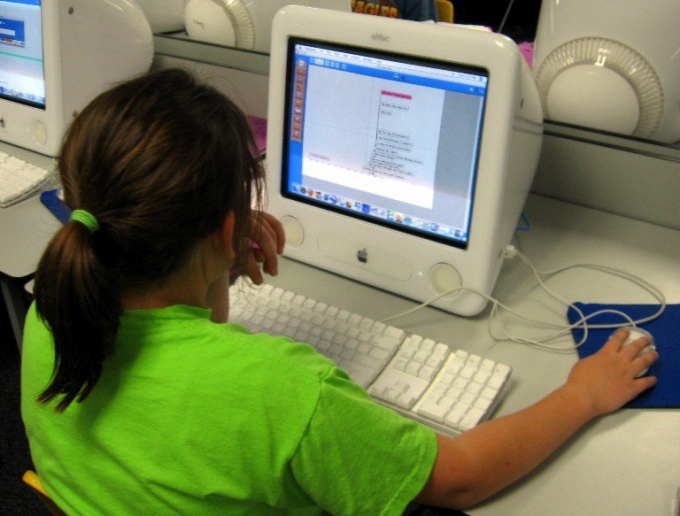Instruction
1
If the computer consistently hangs after a while after turning on or after you run some "heavy" program, first check that the cooler (fan cooling the CPU). Even if it rotates, the fins can accumulate a thick layer of dust, preventing normal cooling of the processor. Clean the cooler with a blower or brush.
2
If the crash of the computer is accompanied by the appearance of blue screen error codes, first check the RAM. Perhaps the problem lies in poor contact: gently pull out the memory modules and clean their contacts eraser, then reinstall. If the fault has not disappeared, a RAM check utility Windows Memory Diagnostic.
3
In that case, if the computer is old enough, do a General cleaning. Disconnect from the motherboard, hard drives and disk drives all cables, remove the graphics card. If you are not sure that they will be able to collect, in reverse order, before disassembling note the position of all the removed elements.
4
Thoroughly clean the motherboard, cooler, video card and other parts from dust. Use compressed air or a brush. Clean all contacts and reassemble the computer. If the hang-up was the bad contact in one of the connectors, the computer begins to work normally.
5
If the hardware of the computer in order, the cause of unresponsiveness need to look for in the software. During the freezes of the computer start "task Manager" and rate the CPU usage. If it is equal to 100%, let's see what the program consumes major resources of the computer.
6
To speed up the performance of your computer disable unnecessary services: "start" – "control Panel" – "administrative tools" – "Services". The list of services that can be disabled, find it in the Internet.
7
Check the virtual memory settings: "start" – "control Panel" – "System" – "Performance" – "Settings" – "Advanced" – "Virtual memory". Perhaps for some reason the virtual memory on your computer is disabled or configured incorrectly. Select "the Size for choice systems" and save the changes.
8
One of the reasons for the unresponsiveness may be the presence of computer malware. Check the operation of antivirus programs and the relevance of anti-virus databases. If the antivirus finds nothing, install AnVir Task Manager. It allows you to easily view a list of processes indicates CPU usage, the degree of danger of running programs, keys, startup, name, executable files, etc. With the help of this program you will be able to find and remove malicious software.
9
Check the degree of fragmentation of the disks by running a utility defragmentation: "start" – All programs – Accessories – system tools – disk Defragmentation". Select the drive, click the "Analyze" button. If the software shows that the drive need to be defragmented, run it, click "Defragment".
10
Remove from autoload all unnecessary programs. To do this, run the msconfig utility: "start" – "Run", type msconfig and hit OK. Select the tab "startup" and deselect those programs which you don't want to run automatically.
11
Clean system registry using the appropriate utility such as RegCleaner or Registry Mechanic. "Dirty" registry slows down booting of computer.
12
In some cases, the cause of the unresponsiveness of the computer lies in the corrupted system files. The easiest way to troubleshoot the problem by reinstalling the operating system in the update mode. Insert the disk with the Windows distribution into the drive, start the installation. At the beginning of the download select the update mode. In this case, you will still have all the installed program on the computer and system settings.
Useful advice
Before working with the registry or updating the operating system, be sure to save on an external drive important files. If you have one hard disk, divide it into two: to the disk, install the operating system on the D drive keep your files.
